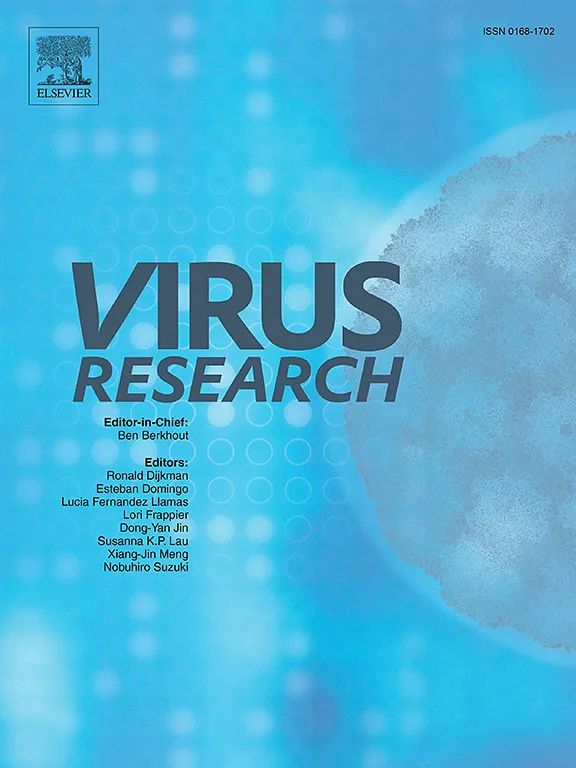寨卡病毒在乍得人和牲畜中传播的证据。
IF 2.7
4区 医学
Q3 VIROLOGY
引用次数: 0
摘要
寨卡病毒(ZIKV)是全球范围内的一个重大公共卫生问题。在报道了几次疫情之后,目前萨赫勒地区由这种正黄病毒引起的感染程度仍有待探索。我们使用一种能确保高特异性水平的血清中和检测方法,调查了乍得普通人群、HIV 感染者和牲畜中 ZIKV 中和抗体的流行情况。在这项回顾性血清监测调查中,我们估计乍得健康参与者的中和血清流行率约为 26%(18/69),HIV 感染者的中和血清流行率约为 17%(16/94),这两个亚群或性别之间没有统计学差异。此外,我们还发现乍得湖盆地地区的小反刍动物(绵羊和山羊)中 ZIKV 的总感染率为 14%(8/59),这表明病毒在动物中也有传播。我们的试点研究首次显示了 ZIKV 在乍得与人类密切接触的人类和牲畜中传播的证据,并强调了萨赫勒地区与该病毒相关的主要挑战。本文章由计算机程序翻译,如有差异,请以英文原文为准。
Evidence of Zika virus circulation in human and livestock in Chad
Zika virus (ZIKV) is a major public health problem worldwide. After several reported outbreaks, the current extent of infections caused by this orthoflavivirus in the Sahel remains to be explored. We investigated the prevalence of neutralizing antibodies against ZIKV in the general population, in HIV-infected individuals and in livestock in Chad using a seroneutralization assay that ensures high specificity level. In this retrospective serological serosurveillance investigation, we estimated the neutralizing seroprevalence to be approximately 26 % (18/69) in healthy Chadian participants and 17 % (16/94) in HIV-infected individuals, with no statistical difference between these two subgroups or genders. In addition, we found an overall ZIKV prevalence of 14 % (8/59) in small ruminants (sheep and goats) living in the Lake Chad Basin area, demonstrating virus circulation in animals. Our pilot study shows for the first-time evidence of ZIKV circulation in humans and in livestock in Chad in close interaction with humans, and highlights the main challenges associated with this virus in Sahelian areas.
求助全文
通过发布文献求助,成功后即可免费获取论文全文。
去求助
来源期刊

Virus research
医学-病毒学
CiteScore
9.50
自引率
2.00%
发文量
239
审稿时长
43 days
期刊介绍:
Virus Research provides a means of fast publication for original papers on fundamental research in virology. Contributions on new developments concerning virus structure, replication, pathogenesis and evolution are encouraged. These include reports describing virus morphology, the function and antigenic analysis of virus structural components, virus genome structure and expression, analysis on virus replication processes, virus evolution in connection with antiviral interventions, effects of viruses on their host cells, particularly on the immune system, and the pathogenesis of virus infections, including oncogene activation and transduction.
 求助内容:
求助内容: 应助结果提醒方式:
应助结果提醒方式:


